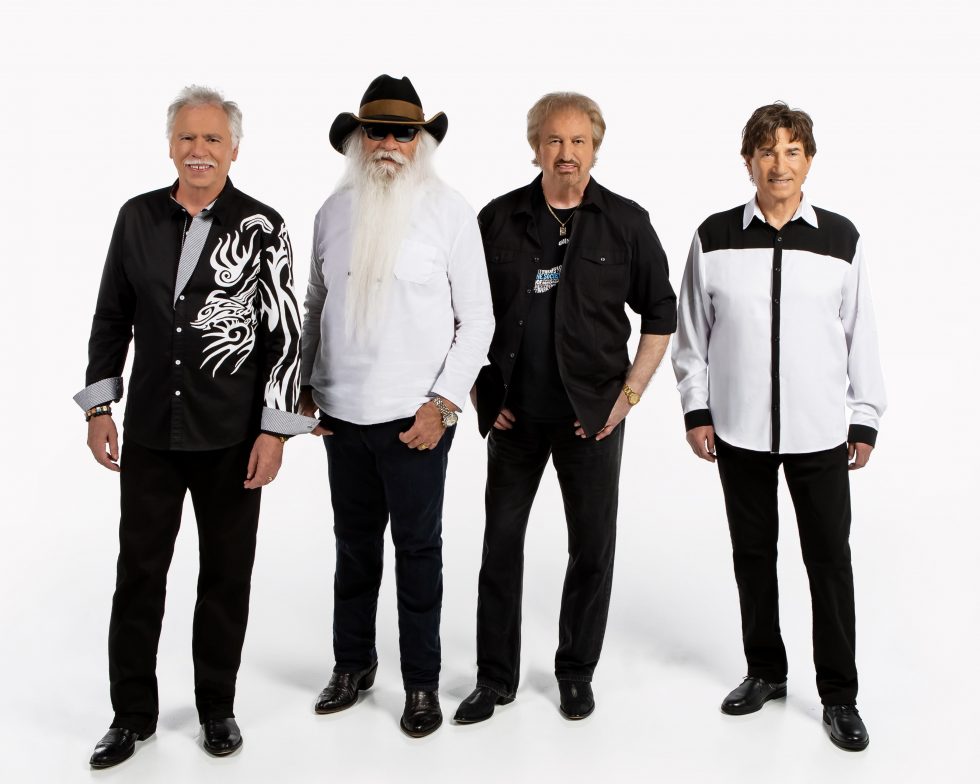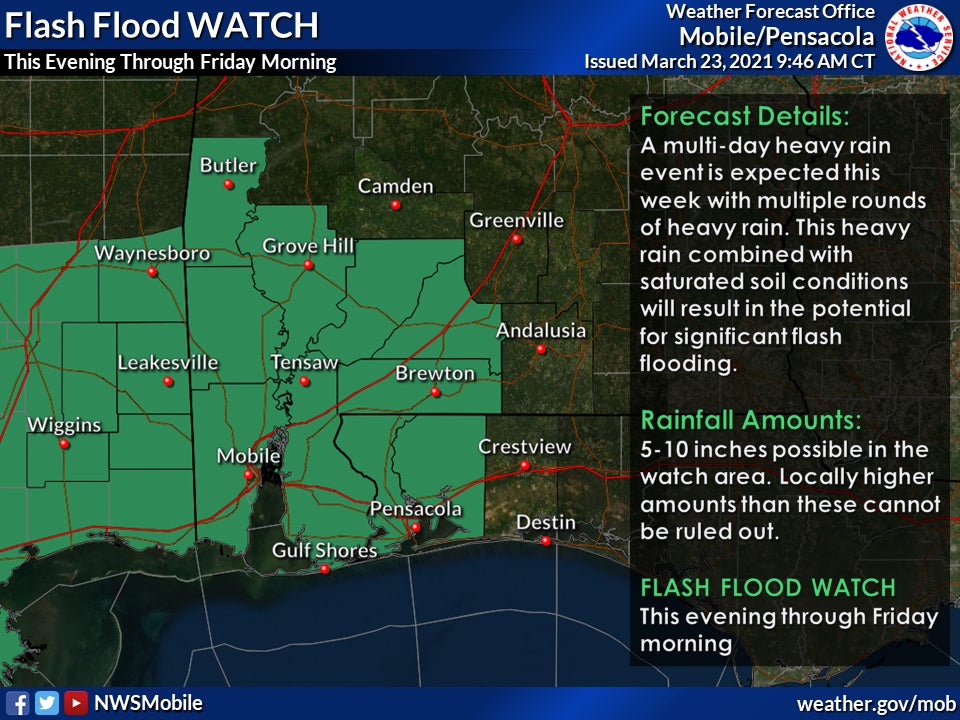Equipment, money among challenges
Published 11:39 pm Monday, June 25, 2007
By By Kerry Whipple Bean – publisher
The loss of Betty Adkison's house has been weighing heavily on Fire Chief David Morris' mind the past few days.
Morris' volunteer fire department was the first called to the scene of the Adkison house fire Wednesday, but a series of communication and equipment problems kept them and other departments delayed.
While such an extensive series of problems on one case is rare, volunteer fire departments do have to contend with the challenges of older equipment and little funding on a regular basis.
For most departments, the biggest obstacle is buying equipment - from trucks to hoses to gear.
While some departments are larger than others, they still have the same needs, Appleton Volunteer Fire Department Chief Michael Taylor said.
Area fire departments can count on revenue from local sales taxes and a new road and bridge tax. Often that money barely covers the necessities of insurance, gasoline and utilities for the firehouse.
Escambia County Fire Association President Joey Moffett said the most a department can earn from those taxes is about $1,200 per month, although many receive less. To compare that with equipment needs, a basic suit of turnout gear for a firefighter - the protective suit minus breathing apparatus - is about $1,500.
Most departments also work hard to hold fundraisers throughout the year, and those with a lot of hustle - and a little luck - can earn grants for equipment and other needs.
In addition to funding and equipment challenges, departments also contend with the nature of their all-volunteer forces.
A recent state law has made it easier for firefighters to balance their schedules. The law instructs workplaces not to penalize volunteer firefighters who miss work because they are answering a call.
Still, Hutchcraft said daytime is often the hardest time to find enough volunteers to answer a call. Departments routinely call for backup - especially in the case of a fire - so that enough firefighters and equipment are on the scene to help.
But volunteer departments don't just respond to fires; they are also on the scene at car wrecks and storm damage, and often they are the first responders to rural medical calls.
In some areas of the county, an ambulance might take 20 or 30 minutes to get to the scene, and volunteer firefighters are there to make the first decisions regarding care.
Morris said he hopes rural residents understand what volunteer firefighters do to protect their neighbors.




